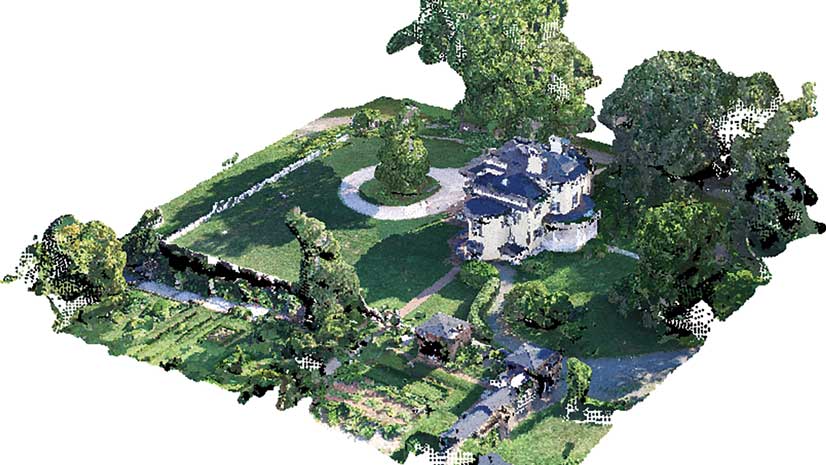The BirdReturns team learned a number of lessons through implementation that will improve similar efforts in the future.
1 It is critical to gain a thorough understanding of workflows prior to implementation.
When translating paper-based workflows to (primarily) digital format workflows, ensure that the digital versions meet the practical and logistical needs of all teams. This will require a significant amount of time, collaboration, and testing.
Meeting with field staff to clarify the logical progression of data recording steps is vital. These meetings are needed to understand the full range of constraints and conditions staff deal with in the field. This preparation allowed TNC to design mobile digital forms that were intuitive and would efficiently support fieldwork, not impede it. Meeting with managers to understand team information needs and timing was also critical to success.
Thoroughly understanding the teams’ requirements in terms of data collection, management, and information flow paid significant dividends in the form of mobile workflows that were robust and easy to use. They required very little alteration during the survey season, thus minimizing disruptions to workflows and inconsistencies in data records.
2 Minimize data disruptions by leveraging systems that can seamlessly synchronize data updates while users continue through their workflow.
Using ArcGIS Online in combination with the Explorer for ArcGIS app allowed office staff to edit layers and web maps based on changing conditions, while field staff could rely on having the latest web maps.
3 Minimize the learning curve where possible.
Deploying apps on iPad minis and iPhones—devices that were already familiar—allowed the team to focus on learning specific apps.
4 Structure the workflow on multiple, independent apps to provide implementation flexibility and durability.
Do this instead of being locked into a single proprietary solution that can limit the ability to adapt to changing end-user needs. Using independent apps to address different data collection and management requirements resulted in a robust suite of tools that efficiently supported the BirdReturns work. Apps were selected based on their suitability for specific tasks as well as their interoperability with other technologies being used. This solution provided the development team with the flexibility to swap apps without destabilizing the overall approach.

